
Starting June 1st, 2023 Our warehouse fee will be $0.65/cubic foot per month
In effort to lower the warehouse storage fee during inflation, we have went narrow aisle racking.This construction took us four months but the project is finally completed. With narrow aisle racking, we are able to drop storage by 24%.We as partners will go through this inflation together.
04/23/2024
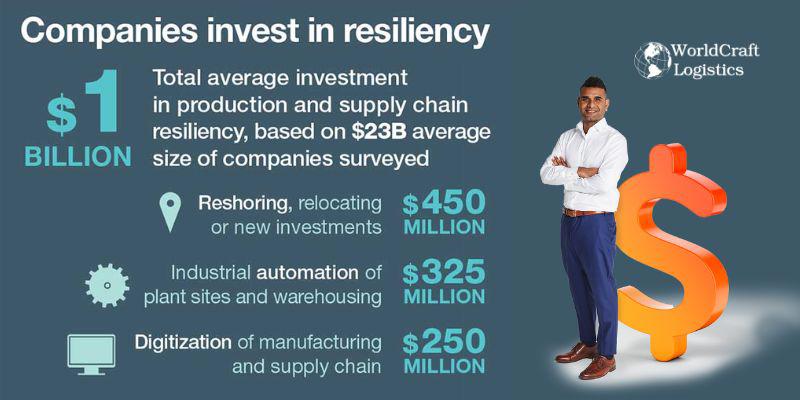
In the contemporary corporate landscape, the prevalence of globalized industrial value chains is undeniable, facilitating seamless exchanges of goods and services to cater to a worldwide clientele. Local procurement is scant, and the prevailing norm is plant specialization, wherein individual facilities in distinct locations churn out singular products en masse.
Yet, recent tumultuous events have underscored the fragility of these extensively interconnected supply and manufacturing networks. Consequently, numerous enterprises are reassessing their operational frameworks, with a pronounced emphasis on regionalization strategies emerging as a priority.
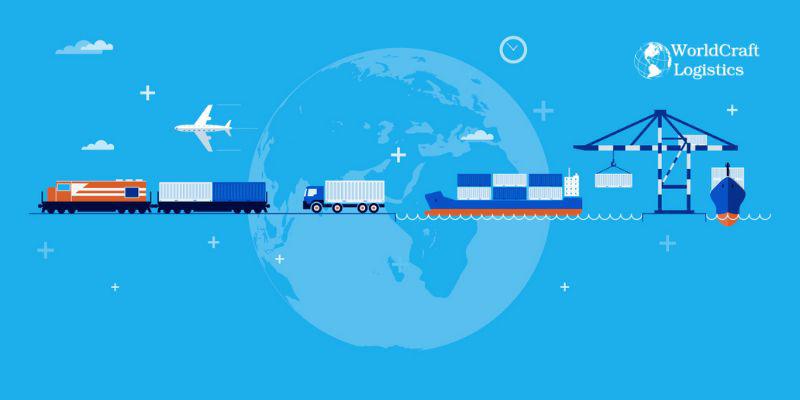
In a recent survey conducted by Accenture, findings indicate a significant shift in procurement and production strategies among businesses. The survey reveals that by 2026, 65% of companies plan to source the majority of their key items from regional suppliers, marking a substantial increase from the current 38%. Additionally, 85% of organizations aim to manufacture and distribute most of their products within the same region by 2026, nearly doubling from the current 43%.
Accenture's research project delves into the factors contributing to the resilience of supply and production networks. Resilience, as defined by the study, encompasses a company's capacity to detect, absorb, adjust to, and rebound from various disruptive forces impacting their engineering, supply chain, production, and operational functions. These forces include inflationary pressures, fluctuating energy costs, material scarcities, talent shortages, and transformative technologies such as Generative AI.
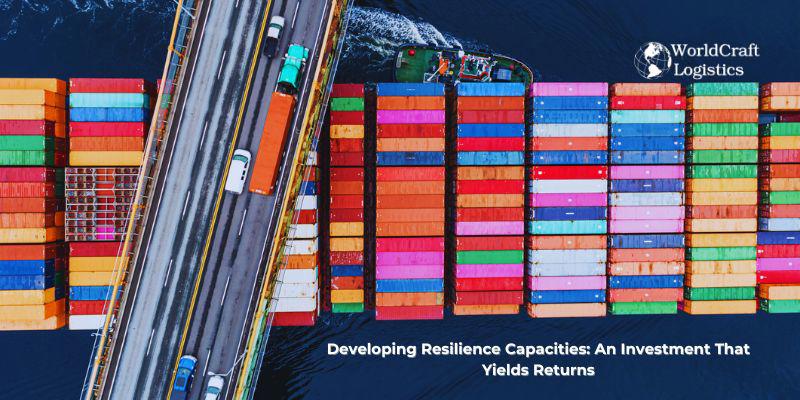
As per our investigation, companies with a more localized supply chain and efficient transportation system demonstrate reduced vulnerability.
Nevertheless, the pivotal factor lies in the mastery of emerging capabilities. Our analysis establishes a direct correlation between proficiency in these "Resiliency 2.0 capabilities" and concrete financial and operational metrics.
The top-performing companies in these domains reported a notable 3.6% surge in annual revenues over the last biennium. Concurrently, their product order-to-delivery lead times experienced a substantial 40% augmentation.
Conversely, less mature enterprises require a staggering 152 days to recuperate from disruptive events, a stark contrast to the mere 33 days for the most adept organizations. The discrepancy underscores the criticality of resilience-building endeavors.
Cutting-edge advancements in this realm empower businesses to forecast and preempt shifts in consumer demand and market trends, including broader societal and cultural changes. These advancements encompass sophisticated analytical instruments for predicting surges or declines in demand, alongside historical customer forecasts. Additionally, proactive customer segmentation is employed to manage demand in scenarios of scarcity.
These advanced control towers, touted as visibility solutions, are tasked with foreseeing and mitigating risks while dissecting causality across the entire value chain. To achieve this, they require agile and data-centric planning capabilities with the ability to simulate various scenarios. Moreover, they must anticipate operational issues early on, such as quality deterioration, equipment breakdowns, and maintenance requirements.
Embracing autonomous production entails the deployment of highly adaptable and automated assembly lines, capable of swiftly adjusting to changing requirements or customizations. Such capability is indispensable for fostering an industrial ecosystem capable of rapid and seamless reconfiguration and rectification.
Fostering resilience entails integrating sustainability into the very fabric of new products and processes. This involves a collaborative approach encompassing engineering, product R&D, design, operations, marketing, cybersecurity, and sustainability teams, as well as suppliers and customers. Such collaboration should leverage digital twin platforms and ensure continuous upgrades to offerings to cater to evolving customer needs.
Resilience hinges on decentralized decision-making close to the point of execution, coupled with transparent communication across all levels. Additionally, leveraging remote expertise through technologies such as augmented reality and virtual reality enhances agility and adaptability.
Building resilience necessitates a highly versatile, adaptable, and diverse workforce, supported by a culture of perpetual learning. Employees must be proficient in utilizing predictive and visualization tools to make data-driven decisions. Addressing these challenges requires a departure from traditional siloed approaches, with a focus on fostering a workforce comfortable with data and AI tools across operational domains.
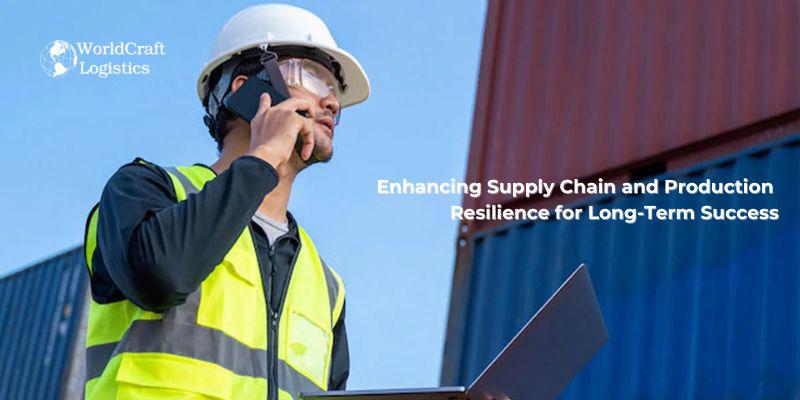
In recent years, numerous companies have implemented short-term remedies to address challenges within their intricate global production and supply chains. Originally constructed to facilitate just-in-time deliveries and optimize costs, these networks are now primed for strategic overhauls to ensure long-term resilience and sustainability.
With the burgeoning commitment to achieving "net zero" emissions across societal and governmental spheres, emissions reduction emerges as a foundational aspect of resilience. As companies embark on the task of restructuring their supply chain and production networks, they must prioritize this objective.
For instance, a significant portion, up to 80%, of a company’s upstream emissions stem from Tier 2-plus suppliers. Nonetheless, most enterprises lack the capability to identify and monitor the emissions of individual suppliers.
A pivotal measure for companies is to integrate emissions considerations into their supply chain control tower, bolstered by a digital twin of the supply chain. This virtual counterpart not only delineates physical material flows and identifies sub-tier suppliers and associated risks but also facilitates simulations of the carbon footprint across the entire network.
This illustration underscores how the rapid evolution of data, AI, and related technologies offers abundant prospects for businesses to fortify Resiliency 2.0 capabilities. Companies that prioritize investments in enhancing their digital maturity stand to gain a competitive edge in preempting disruptive forces.
SEO
Digital Marketing/SEO Specialist
Simon Mang is an SEO and Digital Marketing expert at Wordcraft Logistics. With many years of experience in the field of digital marketing, he has shaped and built strategies to effectively promote Wordcraft Logistics' online presence. With a deep understanding of the logistics industry, I have shared more than 500 specialized articles on many different topics.

Hot News
08/05/2024
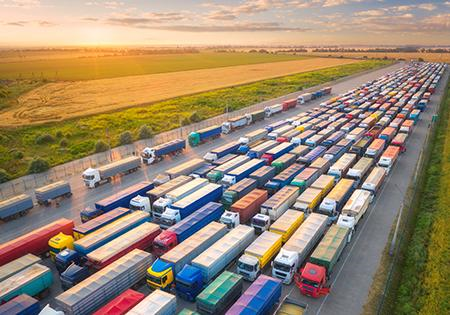
Hot News
02/23/2023
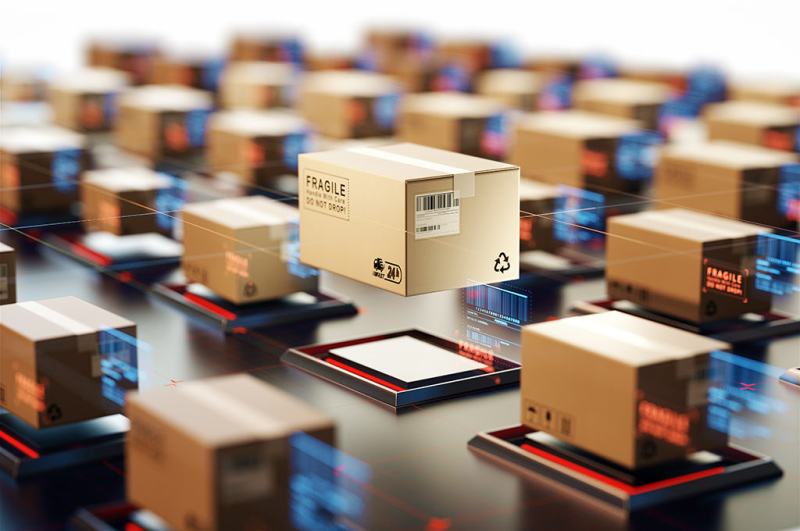
Hot News
02/23/2023
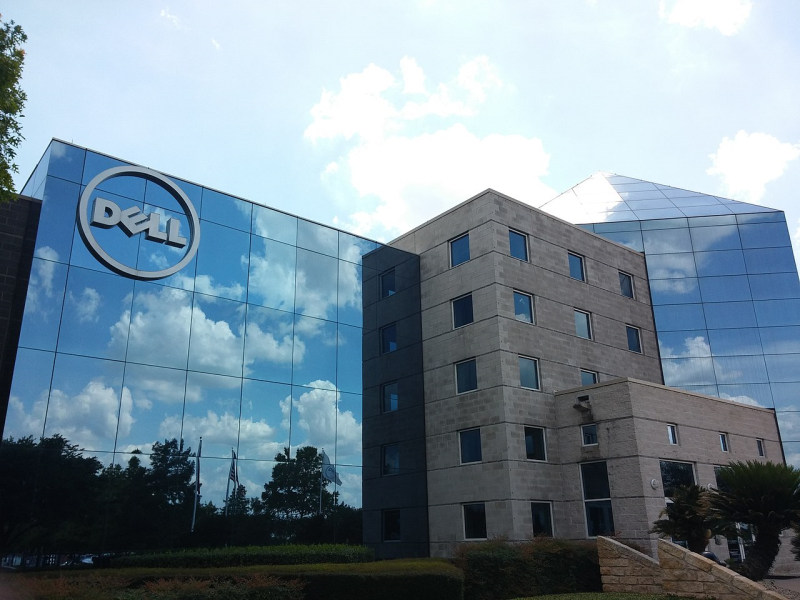
Hot News
02/06/2023
Hot News
02/07/2023